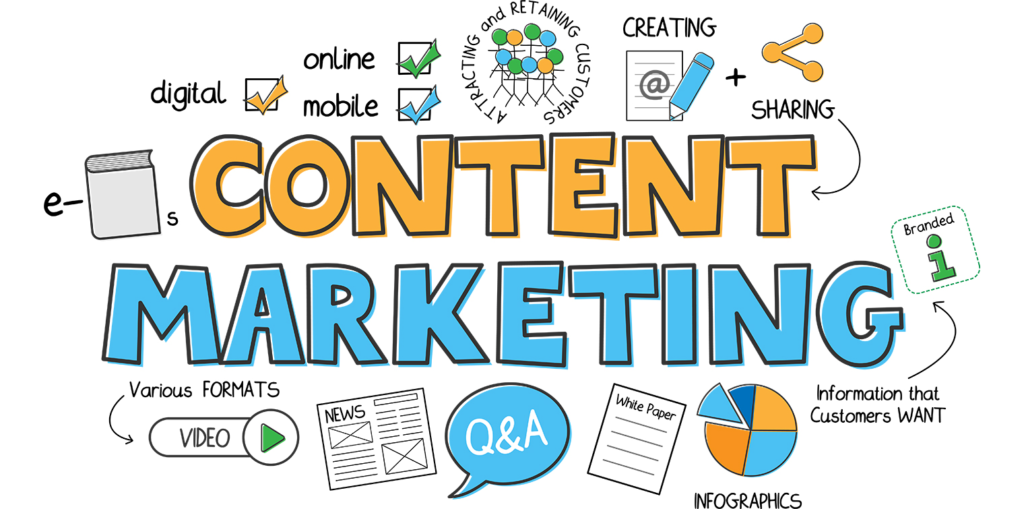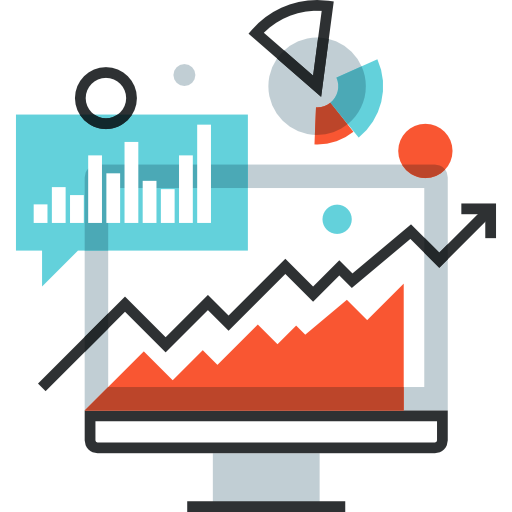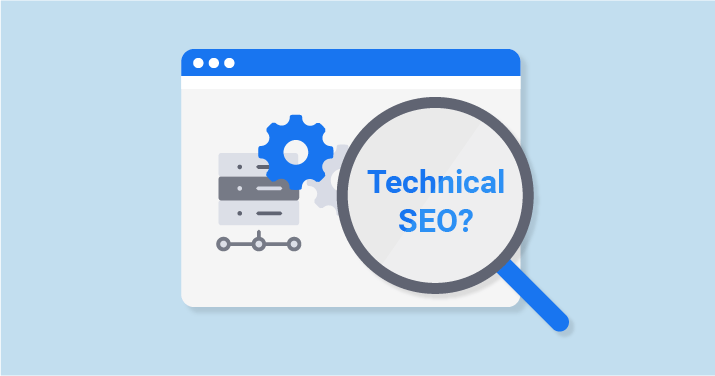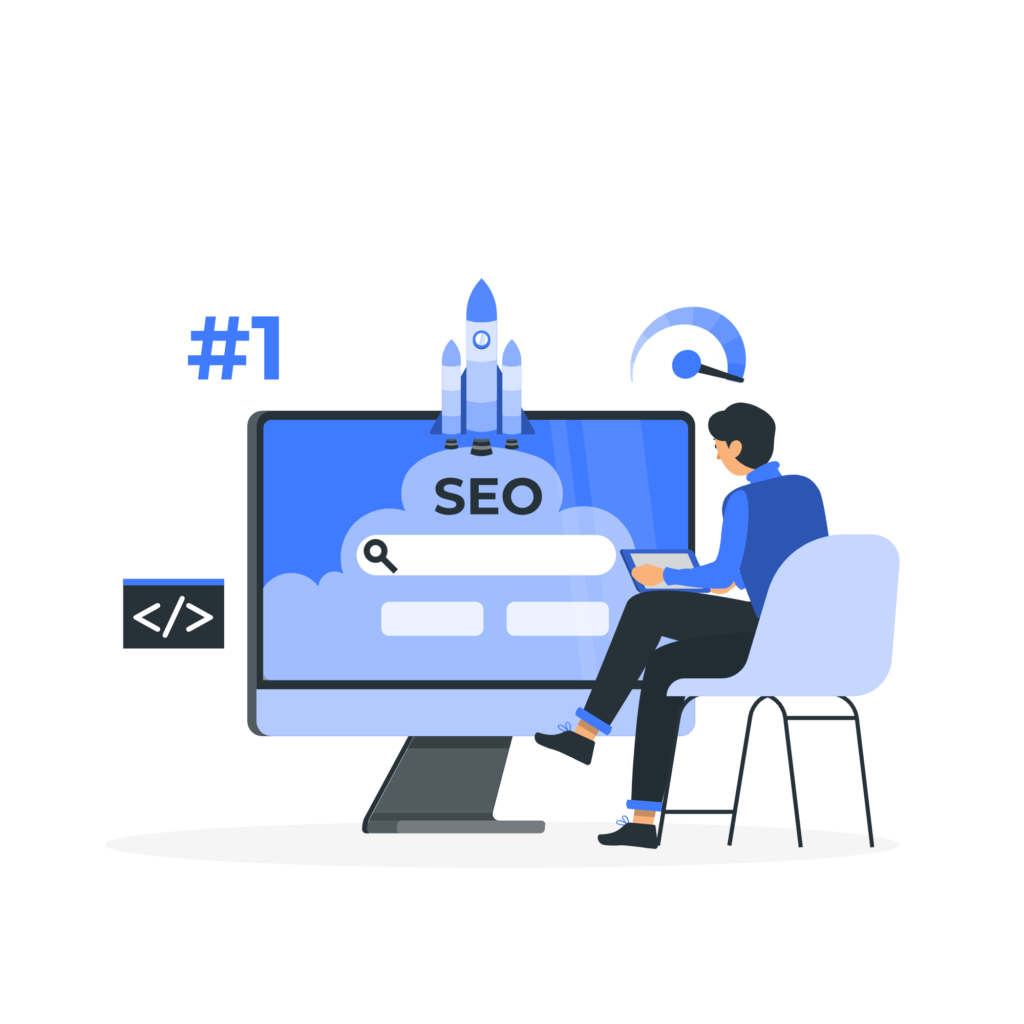Introduction
Seo is one of the most important parts of every online business. If you’re having an online website and you want to generate traffic to your business and grow your business reach. Search engine optimization is the process of helping your website to rank in google search results. If your website is having a good seo then you have more chances to rank in google search results. This will lead your business to generate more revenue by generating more leads for your business. There are 3 types of seo on page seo, off page seo and technical seo. In this article we are going to discuss how to do on-page seo in an html website. Here you will get complete details of on-page seo in an html website

1. Understanding On-Page SEO
On page seo is the process of optimizing your website content using different elements like Title tags, meta tags, meta description, urls optimization and internal linking. Doing proper seo for your website helps you to rank in Search Engine Results Page (SERP).
2. Essential HTML Tags for On-Page SEO
While we are working on a html website we see it difficult to do search engine optimization of an html website. Here in this article we will explain to you the basic html tags for on-page seo.

Title Tags
Title tag is one of the most important tags in seo. It is one of the tags that helps Google to understand your whole content on your page. Title tag is also denoted by H1 tag and it is used in the beginning of the content. Title tag also contains the primary keyword that you have been using to write content on.
Here are the best practices for crafting effective title tags – Title tag should be used with a primary keyword and its length should be around 50 to 60 characters only. 60 characters is the maximum length of Title.
Meta Descriptions
Role of meta descriptions in SEO – it is the short description about the content that you published on your page. It contains primary keywords and the LSI keywords of the content. Where a user and google can get to know about your page content on SERP without visiting your website.
Tips for writing compelling meta descriptions – here are the best tips for writing compelling meta descriptions. To write a good meta description you need to add your primary and secondary keywords in your meta descriptions, it should be in a flow. Do not do keywords stuffing. Writing a good meta description helps google crawlers to understand your page content.
Header Tags (H1, H2, H3, etc.)
Hierarchical structure and its impact on SEO – While writing content for blog or web page you should always understand the hierarchical structure of header tags. While writing the content H1 tags should be placed in the beginning and should be used only once. H2 tags should be used after H1 tags and it also should be used once or twice. H2 tags are used to describe sub topics as well as H3 tags are also used for sub topics with low relevance.
3. Optimizing Content for SEO

- Keyword Research and Placement
- Importance of keyword research – While you are doing seo for an html website, it is very important to do keyword research. Keyword research is the process of finding the right keywords according to your niche. Keyword is the search term that we use to find something on google or any other search engine. Choosing the right keyword helps you to rank in SERP.
- Where and how to place keywords naturally – keywords placement is a very important part of any content. Find the right keywords and use them in your content. Make a keyword grouping and select your primary and secondary keywords. Use primary keywords in Title tags and other keywords in H2 and H3 and other tags.
- Content Quality and Relevance
- Importance of high-quality content – while writing content for page and blog it is very important to manage high quality content which means you should be expert in the field of your niche. When writing the content you should follow the EEAT (Experience, Expertise, Authoritativeness, and Trustworthiness) concept. Google loves only high quality content. Using any AI to write content is not a healthy way.
- Techniques for ensuring content relevance and value – you can create a keyword grouping and create an outline for your page content. Write content accordingly using primary keyword and secondary keywords in a proper way.
4. Image Optimization

- Image File Names and Alt Text
- How to name image files for SEO – use proper alt tags for image seo, your primary and secondary keywords should be used there. It helps your blog or page content to rank. Use image alt tags to do html website seo.
- Image File Size and Format
- Impact of image size on page load speed – it is always recommended to use webp image format for the images that we use on our website.
5. Internal Linking
Internal linking also plays an important role in doing html website seo. It helps crawlers to understand the relevance of pages on your websites.
- Creating Effective Internal Links
- Benefits of internal linking for SEO – It helps to improve website seo, when the google crawler comes to your website it uses internal links to pass from one page to another. Google crawler can easily under your website structure.
- When a user comes to your website he may easily go from one page to another using the internal links on your pages. It also improves the seo of html websites.
- Best practices for linking to other pages – link the relevant pages from one to another.
- Anchor Text Optimization
- How to choose and use anchor text wisely – you can use anchor text to create links. Link your pages or blogs from one to another. Highlight your anchor text using a different color that makes it unique.
6. URL Structure
Choosing the right url structure also plays an important role in html website seo. It also helps in ranking factors of an html website.
- Clean and Descriptive URLs
- Importance of having a clean URL structure – having a good and clean url helps search engine crawlers to understand your page. It is always recommended to use small alphabets to create page urls.
- How to create SEO-friendly URLs – always use your primary keyword, url should be short, use hyphens to separate keywords, use small alphabets etc.
7. Mobile-Friendliness and Page Speed
- Responsive Design
- Importance of a mobile-friendly website – having a mobile friendly website also helps in html website on page seo ranking.
- Page Load Speed
- How page speed affects SEO – page speed also affects the website SEO. Your website loading time should be around 3 seconds to 8 seconds on mobile and desktop.
- Techniques for improving load times – optimize your images and javascript, manage https render time to reduce page load time.
8. Technical SEO Considerations

- HTML Sitemap
- Importance of an HTML sitemap for SEO – add an HTML sitemap to your website for easy navigation on your site. A user can easily navigate to your site if you add an HTML sitemap.
- How to create and implement one – you can generate a html sitemap manually as well as automatically using html sitemap generator.
- Canonical Tags
- Purpose and use of canonical tags to prevent duplicate content issues
9. Monitoring and Updating Your SEO
It is important to monitor the performance of your website, choose the keywords for which you want to rank your website and monitor the performance weekly or monthly.

- Tracking Performance
- Tools for monitoring on-page SEO performance – you can use different tools to monitor the performance of your website’s keywords. You can also use google search to monitor the performance. Tools like ubersuggest, semrush, ahrefs etc. can be used to monitor the performance of your website. Tracking performance helps in html website seo ranking.
- Regular Updates
- Importance of keeping content and SEO practices up-to-date – it is very important to keep your content up-to-date regularly. Post regular blogs or your website related to your business. That increases organic keywords and increases website traffic.
- Strategies for ongoing optimization – Make a seo strategy for regular updates and optimize your keywords, create backlinks, create internal links and on page seo to rank html website in SERP results.
Conclusion
Mastering on-page SEO for your HTML website is essential for achieving better search engine rankings and driving more traffic. By optimizing title tags, meta descriptions, header tags, and content, you enhance your site’s relevance and user experience. Proper image optimization, internal linking, and a clean URL structure further boost your SEO efforts.
Mobile-friendliness and page speed are crucial factors in ensuring a positive user experience and improving SEO. Incorporating technical SEO elements like HTML sitemaps and canonical tags helps manage content and prevent issues.
Consistent monitoring and updating of your SEO practices are vital for maintaining and improving your site’s performance. Embrace these on-page SEO strategies to enhance your website’s visibility, attract more visitors, and achieve long-term success. At SS TECH SERVICES, we are dedicated to helping you implement these practices effectively and drive your online growth.